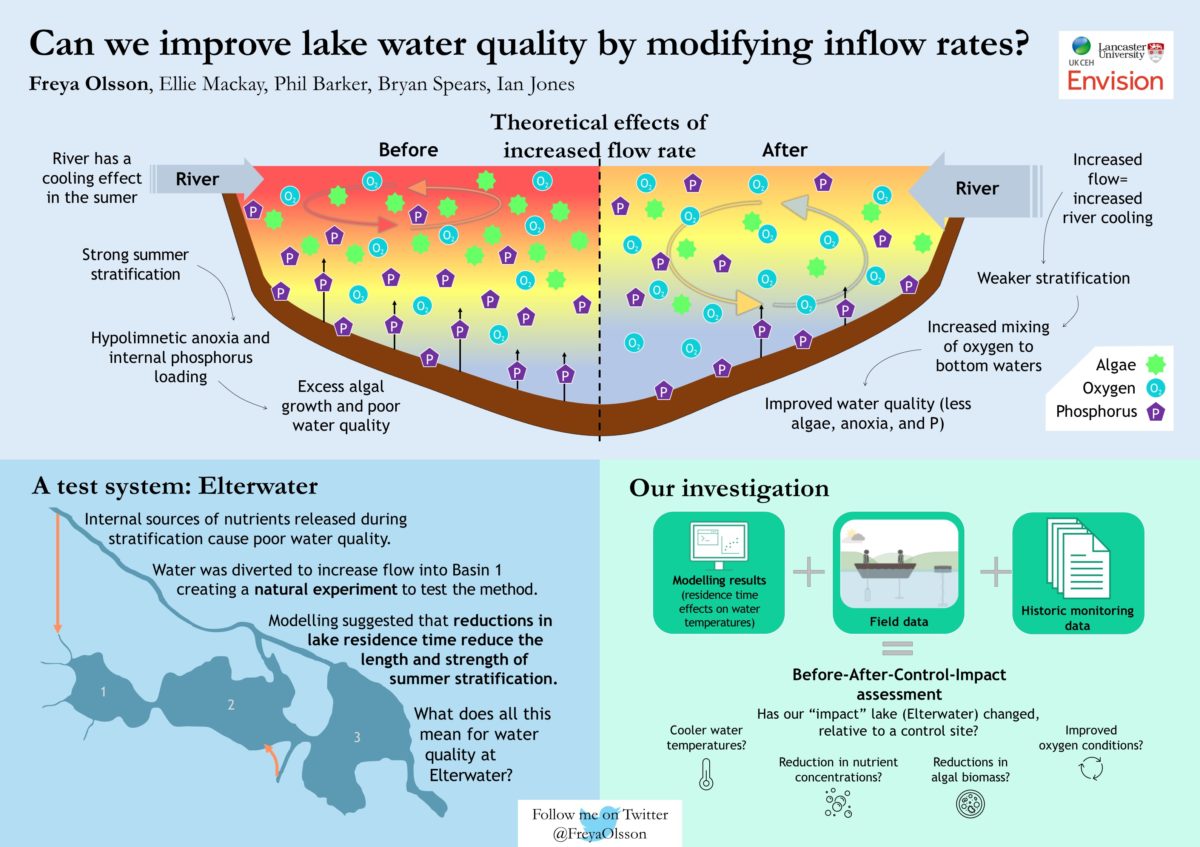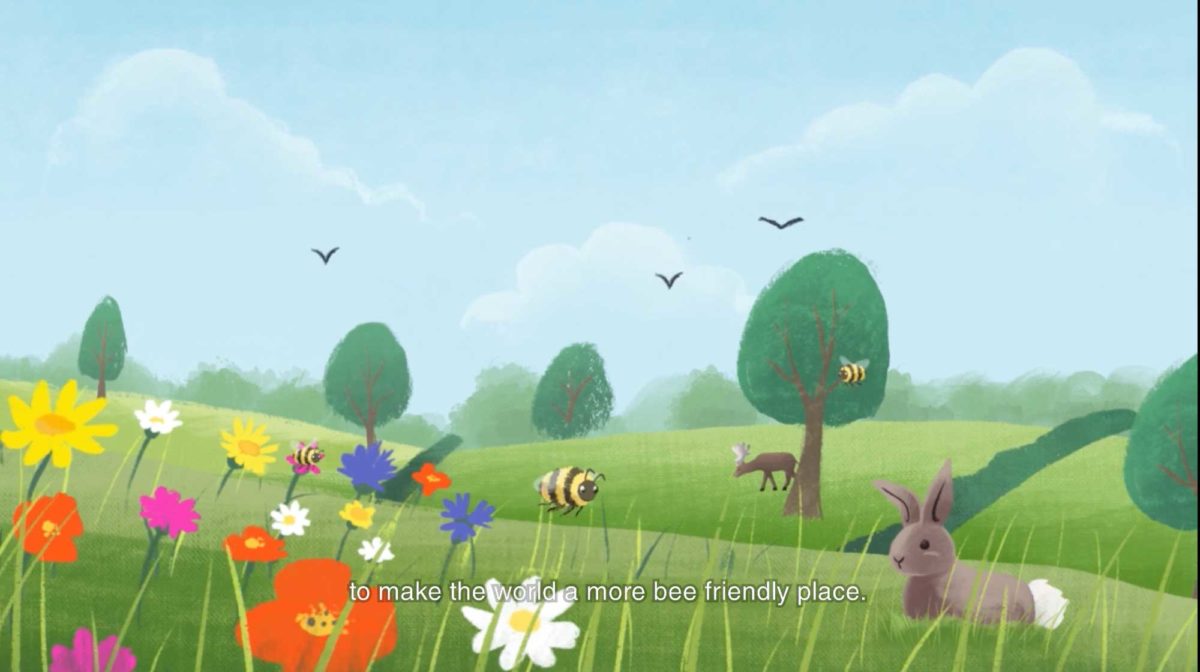Summary C4 photosynthesis is a ‘turbo-charged’ form of photosynthesis found in our most productive crop species. This infographic explains how C4 photosynthesis works, what plants use it, and why it’s important to scientists, in a way that is accessible to A-Level Biology students. Transcript C4 is a turbo-charged form of photosynthesis. C4 photosynthesis is found […]



























